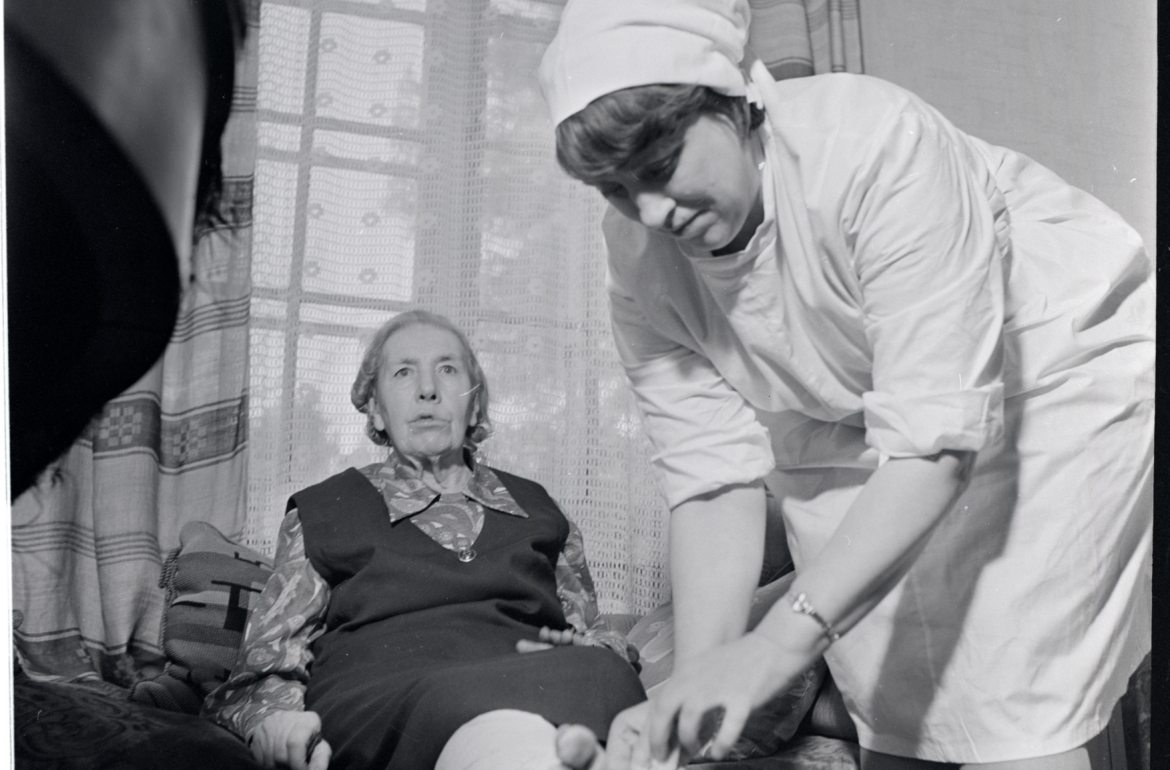Deeply woven into the communist ideology, nursing was more than caring for patients during the Soviet era.
“All the orders and rules came from Moscow, even the type of hats and uniforms we had to wear,” an Estonian nurse Tiia Muts remembers. She started working at Tallinn Children’s Hospital in the middle of the Soviet era in the 1970s.
“The inspectors would come from Moscow and turn our collars to ensure they were clean. How absurd that was to think about it now,” smiles Muts, who still works in the same field. “Lenin’s doctrine ruled over everything.”
Estonian researchers analysed what it was like to work as a nurse during the Soviet Union based on written documents and 20 expert interviews. They also created a unique virtual exhibition. Muts shared her experiences as one of the interviewees in the study, telling Research in Estonia that she was never interested in the political agenda but chose the profession for the love of caring for people.
Nevertheless, the ideology crept into every aspect of the job, whether the nurses liked it or not.
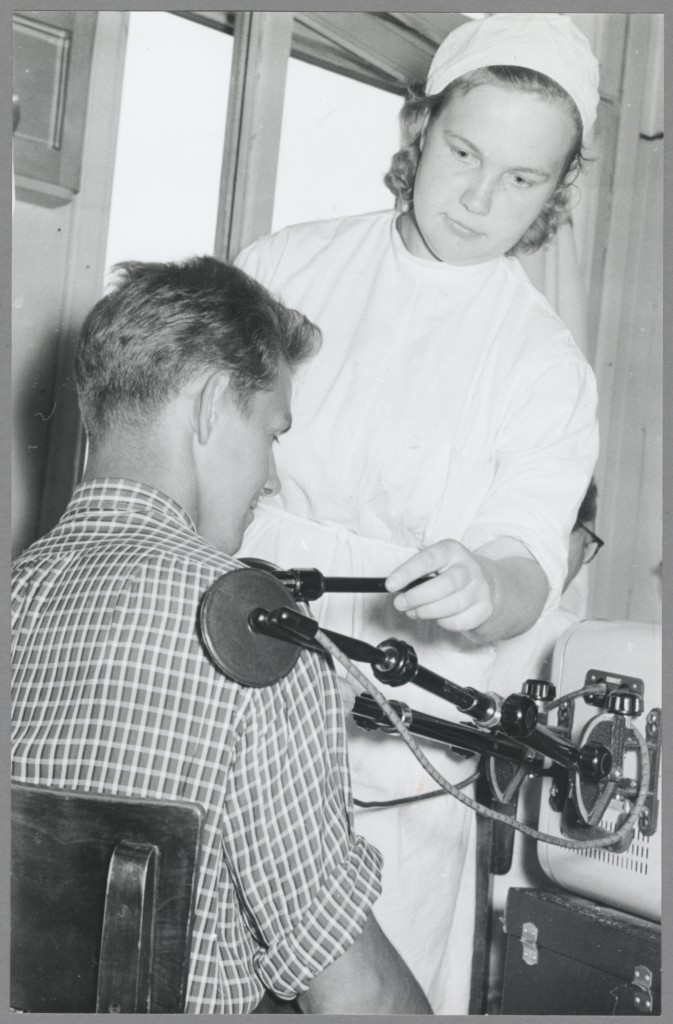
“Nursing was a cult profession during the Soviet era, closely associated with propaganda,” the authors concluded in “Professional Studies: Theory and Practice”. Next to the figure of a female tractor driver and astronaut was a nurse who had participated in the Second World War, carrying a weapon.
Even studying was built around the idea. The Soviet government centralised nursing education. Instead of nursing philosophy and communication skills, future nurses studied the Communist-Marxist ideology.
The Soviets considered their national health protection system as one of the most important achievements of socialism, Latvian researcher Olga Odiņa wrote in her PhD dissertation. Everyone had access to free health care. On-site medical services were also provided in schools and workplaces. Nurses even took care of babies in kindergartens.
The communists took pride in “liberating mothers”. Women were expected to return to work after two months of giving birth. “The interviews demonstrate that during the Soviet era, the family was secondary,” the researchers wrote. “The nurses and educators kept the children in the nursery; many used the opportunity to work in the nursery to be with their own children. During the Soviet era, there were many 24-hour nurseries and kindergartens where children stayed all week.”
With such a pivotal role, it is no wonder the work of nurses was so revered. In public images, they appeared with a perfectly ironed, spotless white head cover and a determined look in their eyes.
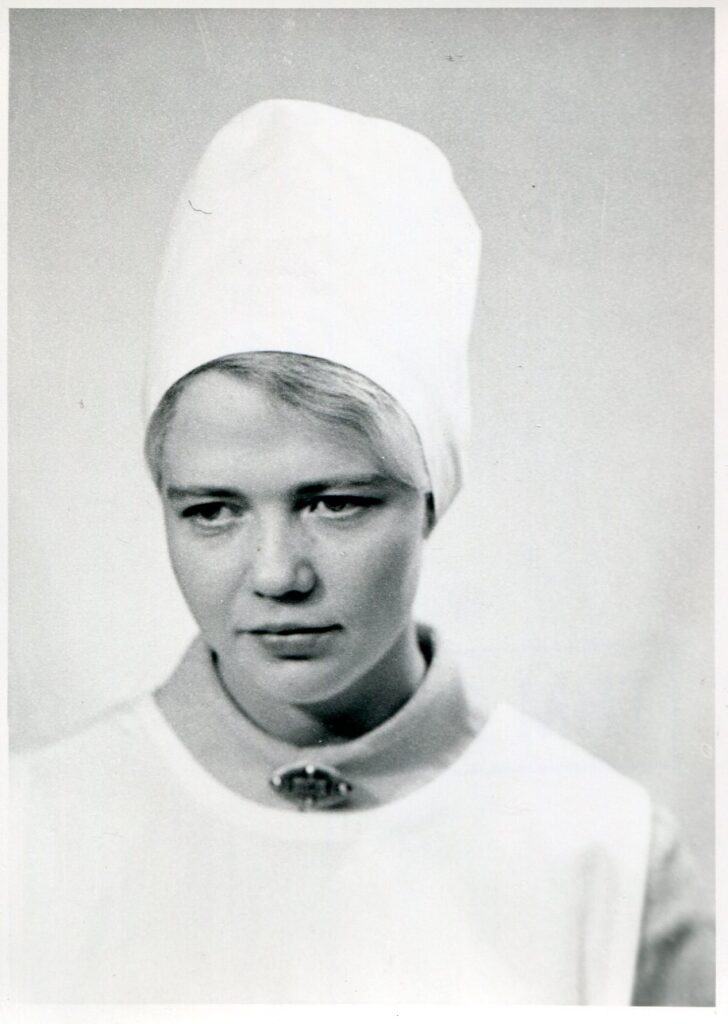
“Nurses had direct contact with many people daily,” explained Merle Talvik, an author of the study and an associate professor at Tallinn Health Care College. “They visited homes, both in cities and in more remote areas. They spoke about hygiene, nutrition, and physical activities. They met the families and patients in their most vulnerable states.” Therefore, they had to convey the “right” messages.
One interviewee explained to the researchers how informants secretly checked on them. Another one described how the party leaders would stand next to the church entrance to see who went in. Religious activities were frowned upon by the communists. The nurse Muts remembers that visiting a church could even become a reason not to hire someone in a hospital.
Another interviewee described how they had to place a travelled seaman in a separate ward to prevent him from describing life abroad.
The head nurses were obliged to attend predominantly Russian-language party meetings every week. Licenses to travel would be handed out in those meetings too. Muts was once fortunate enough to receive one after an “evaluation”. The party leader wrote in her file: “She is politically believable and morally sound.” Laughing, she rushed home to tell her husband not to worry about her anymore. She is now officially reliable!
Sharpening needles
The honour and praise didn’t bring any benefits, though. In reality, medical workers worked in horrible conditions for low salaries. Muts said they all did overtime without extra pay. It was just how it was done.
There was a lack of tools and equipment; everything had to be reused. “We boiled and sharpened the needles to reuse them,” explained Muts. They also created the suture for wounds out of animal intestines. They made plaster bandages and blood transfusion systems. Even cotton wool was in short supply, not to mention other equipment.
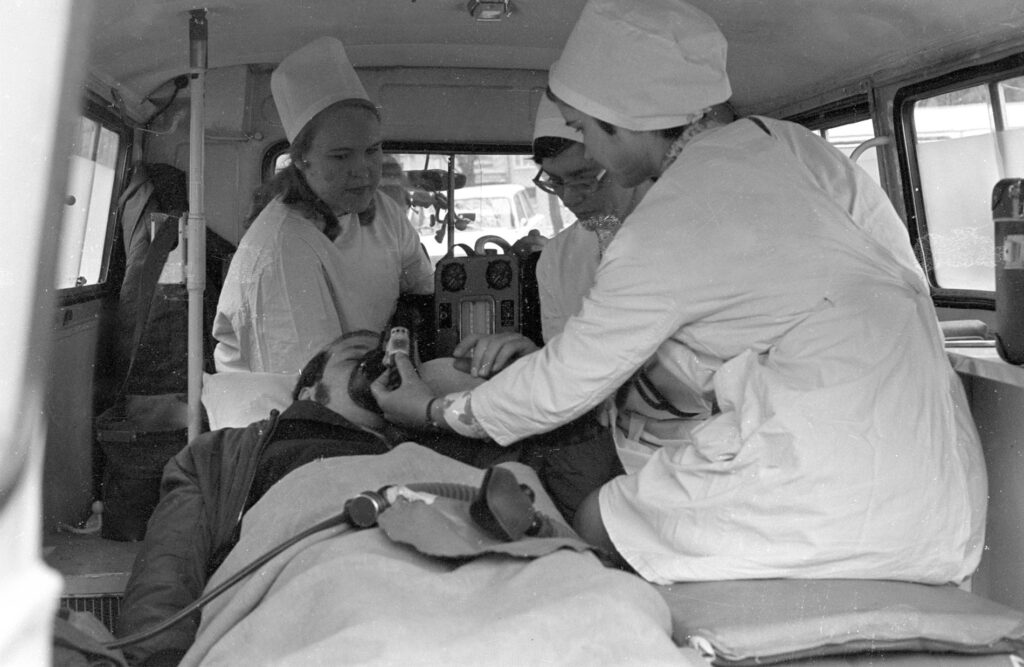
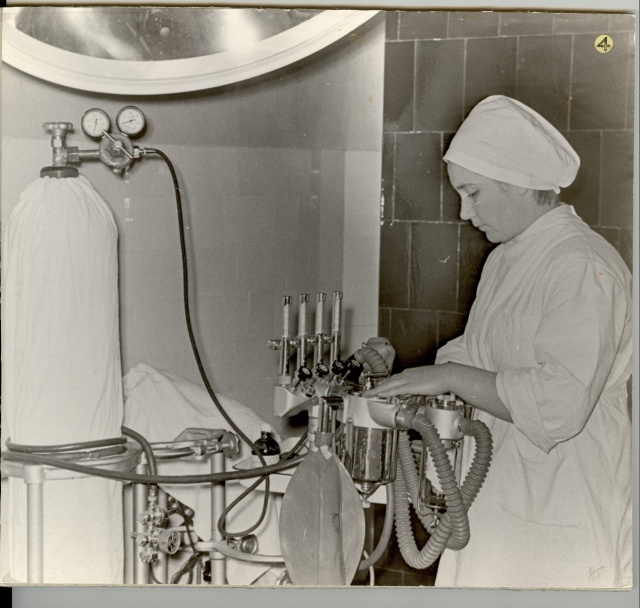
There were no diapers or proper tools. Almost everything, including the rubber gloves and needles, had to be washed and reused.
As common with many aspects of Soviet life, work was strictly hierarchical. Nurses were subordinate to doctors and expected to follow orders without question.
Looking back, Muts has only positive memories of her more than half a century in the field. The ideological pressure was often laughed at among the nurses and not taken seriously. If anything, it helped the staff bond even more.
“I always found myself amongst wonderful colleagues,” Muts said. “We would gather around a coffee table and share funny stories. In the end, that’s what I choose to remember.”
Written by: Marian Männi. This article was funded by the European Regional Development Fund through Estonian Research Council.
 Back
Back